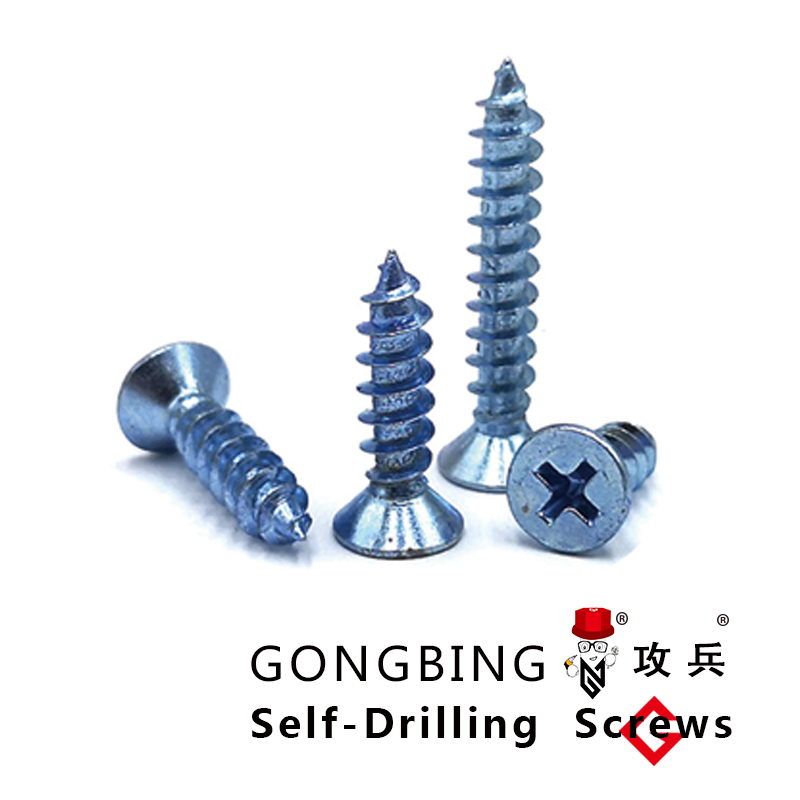butterfly screw plastic
The Innovation of Butterfly Screw A Deep Dive into Plastic Components
The butterfly screw is a fascinating mechanical fastener that combines utility and versatility, making it a staple in various applications, especially in the field of plastic manufacturing. As industries increasingly shift towards lightweight and corrosion-resistant materials, the butterfly screw, particularly in its plastic form, has gained significant attention. This article explores the significance, design, and benefits of butterfly screws made from plastic, highlighting their role in modern engineering.
Understanding Butterfly Screws
Butterfly screws, characterized by their wing-shaped heads, facilitate easy hand tightening and loosening without the need for tools. This distinctive feature makes them particularly valuable in applications where quick assembly and disassembly are necessary. The design allows users to grip the wings of the screw, providing excellent leverage and control. They are commonly used in cases, enclosures, and other temporary or semi-permanent assemblies.
Historically, these screws were primarily made from metals like stainless steel or brass. However, the introduction of plastic materials has revolutionized their production, offering numerous advantages over traditional metals.
Advantages of Plastic Butterfly Screws
1. Lightweight Plastic butterfly screws are significantly lighter than their metal counterparts. This is particularly beneficial in applications where weight reduction is essential, such as in aerospace and automotive industries, where fuel efficiency and performance are closely linked to weight.
2. Corrosion Resistance Unlike metals that can rust or corrode when exposed to moisture or chemicals, plastic butterfly screws provide excellent resistance to such environmental factors. This makes them ideal for use in marine applications or environments with harsh chemicals.
butterfly screw plastic

3. Cost-Effective The manufacturing process for plastic components typically involves injection molding, which can be more cost-effective than machining metal parts. This allows for mass production of butterfly screws at a lower price point, making them an economical choice for many manufacturers.
4. Electrical Insulation Plastic screws offer electrical insulation, making them suitable for electrical and electronic applications where grounding or short-circuiting is a concern. This property is increasingly vital as industries move towards more electronic and smart technologies.
5. Reduced Noise and Vibration Plastic butterfly screws tend to absorb vibrations better than metal screws, contributing to a quieter operation. This characteristic enhances user experience in products like computer cases or household appliances, where noise reduction is a priority.
Applications in Various Industries
The versatility of plastic butterfly screws makes them suitable for a wide range of industries. In the electronics sector, they are often utilized for securing casings, where easy access to internal components is required for maintenance and upgrades. In healthcare, plastic screws are used in devices and equipment where sterility and lightness are paramount. The automotive industry has also adopted these screws in non-structural components, benefiting from their lightweight and corrosion-resistant properties.
Additionally, the growing trend of sustainable manufacturing has prompted many companies to seek eco-friendly alternatives. Plastic butterfly screws can be produced from recycled materials, further enhancing their appeal in environmentally conscious markets. Utilizing bioplastics in the manufacture of these screws not only reduces the ecological footprint but also aligns with the values of modern consumers who prioritize sustainability.
Conclusion
The introduction of plastic butterfly screws marks a significant advancement in fastening technology. Their lightweight nature, corrosion resistance, cost-effectiveness, and versatility make them invaluable across various applications, from electronics and healthcare to automotive sectors. As manufacturers continue to explore sustainable materials, the future of butterfly screws looks promising. They not only symbolize innovation in design but also represent a responsive approach to the changing needs of diverse industries. As we move towards a future that values efficiency and sustainability, the role of plastic butterfly screws will undoubtedly expand, reinforcing their place in modern engineering solutions.
-
Weatherproof Plastic Expansion Anchors for OutdoorNewsJun.06,2025
-
Sustainability in the Supply Chain: Eco-Friendly TEK Screws ProductionNewsJun.06,2025
-
Load-Bearing Capacity of External Insulation FixingsNewsJun.06,2025
-
Double Head Bolts: Enhancing Efficiency in Industrial MachineryNewsJun.06,2025
-
Corrosion Resistance in Chipboard Screws: Coatings for Wholesale DurabilityNewsJun.06,2025
-
Butterfly Toggle Bolts : Enhancing Structural ResilienceNewsJun.06,2025
